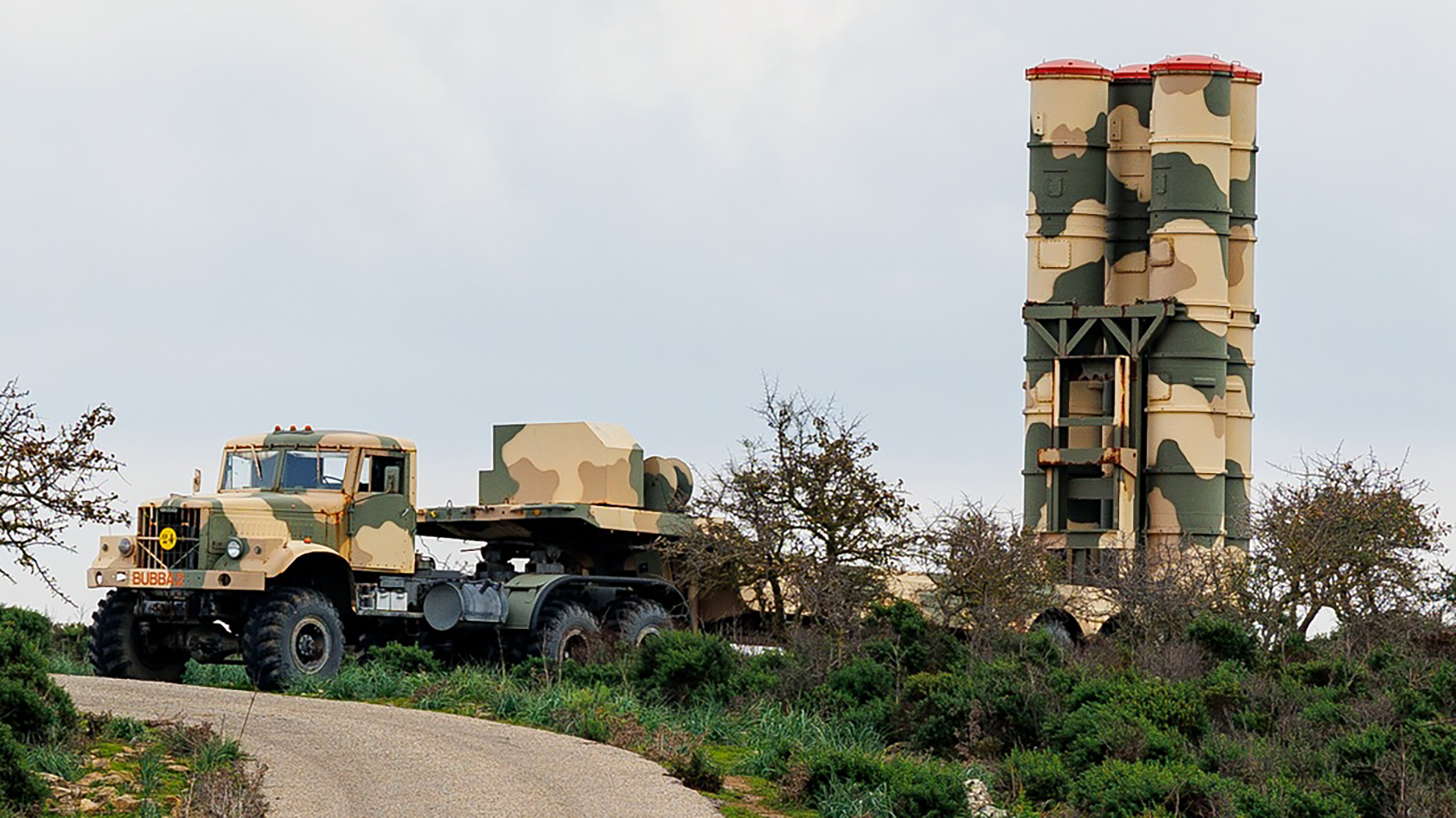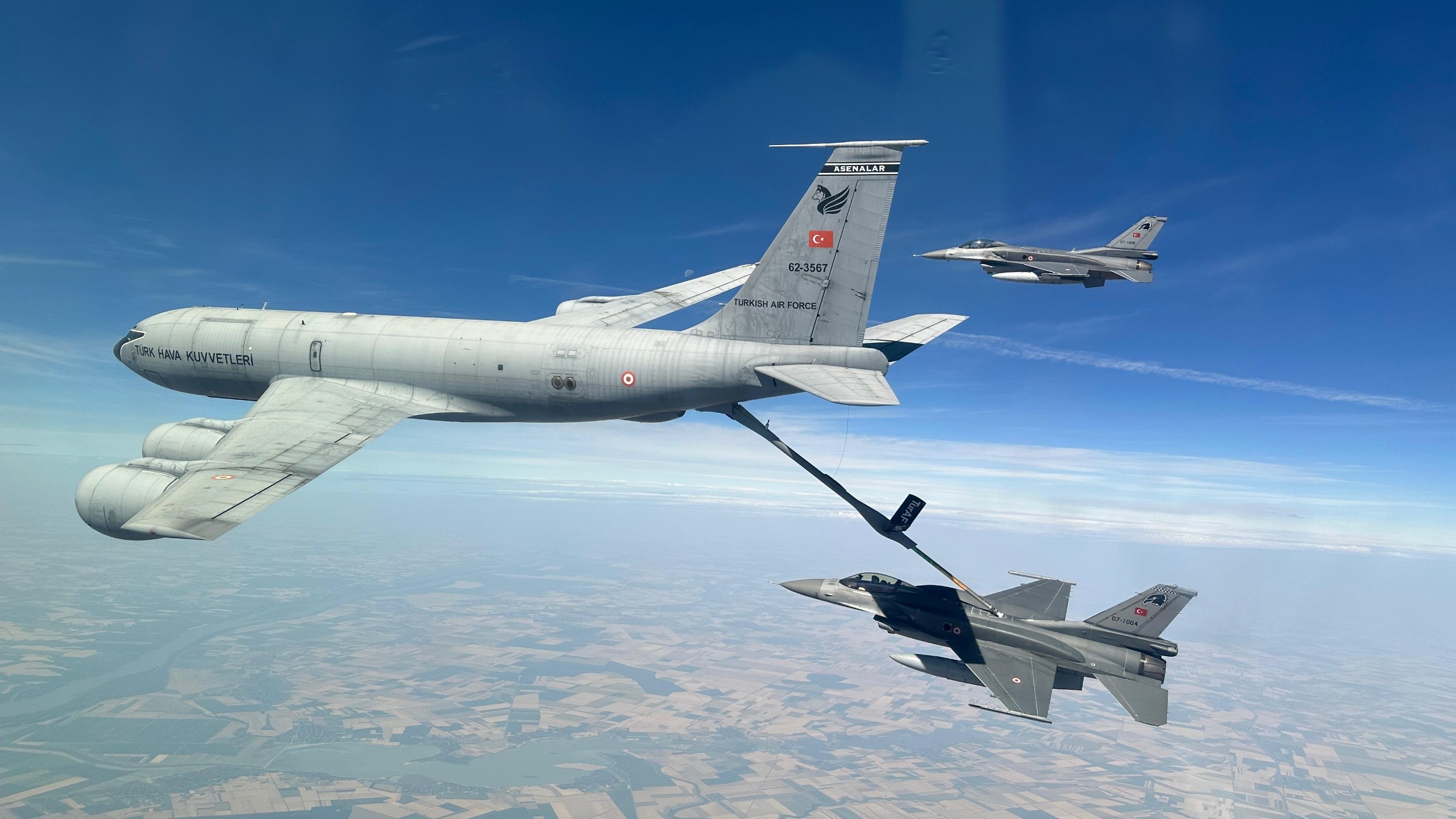As Rutte formally unveils NATO 5% spending proposal, Hegseth says some allies ‘not quite there’
“We will decide, at the NATO summit, [on] the spending, and we already know we need to spend much, much more if we want to fulfill all these [capability] targets,” Rutte said on the sidelines of the defense ministerial.


NATO Secretary General Mark Rutte and Pete Hegseth, Defense Secretary, meet at the NATO defense ministers meeting in Brussels (NATO)
BELFAST — NATO Secretary General Mark Rutte formally unveiled an already controversial two-tiered plan to boost allied spending to 5 percent of GDP, though a top US official acknowledged there’s work to do to get some treaty members on board ahead of the alliance’s upcoming summit.
Rutte’s plan involves a commitment that allies spend 3.5 percent on defense capabilities and an additional 1.5 percent on broader security-related investments. Though the plan had been previously reported — and is already the subject of some skepticism for analysts and some European officials — Rutte’s official unveiling today at a defense ministerial conference came with noted optimism about its chances at the summit.
“We will decide, at the NATO summit, [on] the spending; and we already know we need to spend much, much more if we want to fulfill all these [capability] targets,” he said, according to a DoD statement.
But speaking alongside Rutte, US Defense Secretary Pete Hegseth acknowledged that not everyone is in agreement.
“There are a few countries that are not quite there yet,” he said. “I won’t name any names. … We will get them there.”
Hegseth said that “5 percent [GDP] is our message, and we will deliver that. President [Donald] Trump [plans on it] at The Hague, at the Summit, it’s been his commitment, and I believe our allies will step up.”
European NATO nations have come under intense pressure from Trump to increase defense spending and protect the continent, without overreliance on the US. And though the 5 percent GDP agreement will be a political coup for Washington, it sets a high bar for alliance spenders, some of whom are still grappling with reaching the existing 2 percent mark. The US has also prioritized withdrawing troops from Europe, with reports that talks on the matter with the alliance will be held after the Summit.
One potential point of complication is America’s closest ally, the UK, which only plans on reaching 3 percent GDP by 2034, falling someway short of the new spending target. Today Hegseth dismissed the issue. “Our friends in the UK … they’re gonna get there,” he said, without elaborating.
As for what that funding will go toward, at today’s meeting, the ministers agreed to new capability targets, with “top priorities” including air and missile defense, long range weapons, logistics, and “large land maneuver formations.”
Separately today, Trump also nominated Air Force Lt. Gen. Alexus Grynkewich for the position of Supreme Allied Commander Europe (SACEUR), according to the DoD. SACEUR is responsible for leading European military strategy and operations with the role dating back to Gen. Dwight D. Eisenhower.
Grynkewich is to succeed the retiring Gen. Chistopher Cavoli. NATO has agreed to the new appointment, which will require Grynkewich to receive the grade of general. He currently serves as director of operations, J-3, joint staff at the Pentagon, noted the DoD. Carrying out a dual post, in parallel with his SACEUR duties, Grynkewich will also take on the post of commander US European Command.
That news will likely come with a sigh of relief for NATO members as well as American lawmakers, as prior reports had suggested the Pentagon was considering relinquishing the SACEUR role. In April, Katherine Thompson, the DoD official performing the duties of assistant secretary of defense for international security affairs, had attempted to assure lawmakers at a House Armed Services Committee hearing, that no change was on the cards.























































































































































